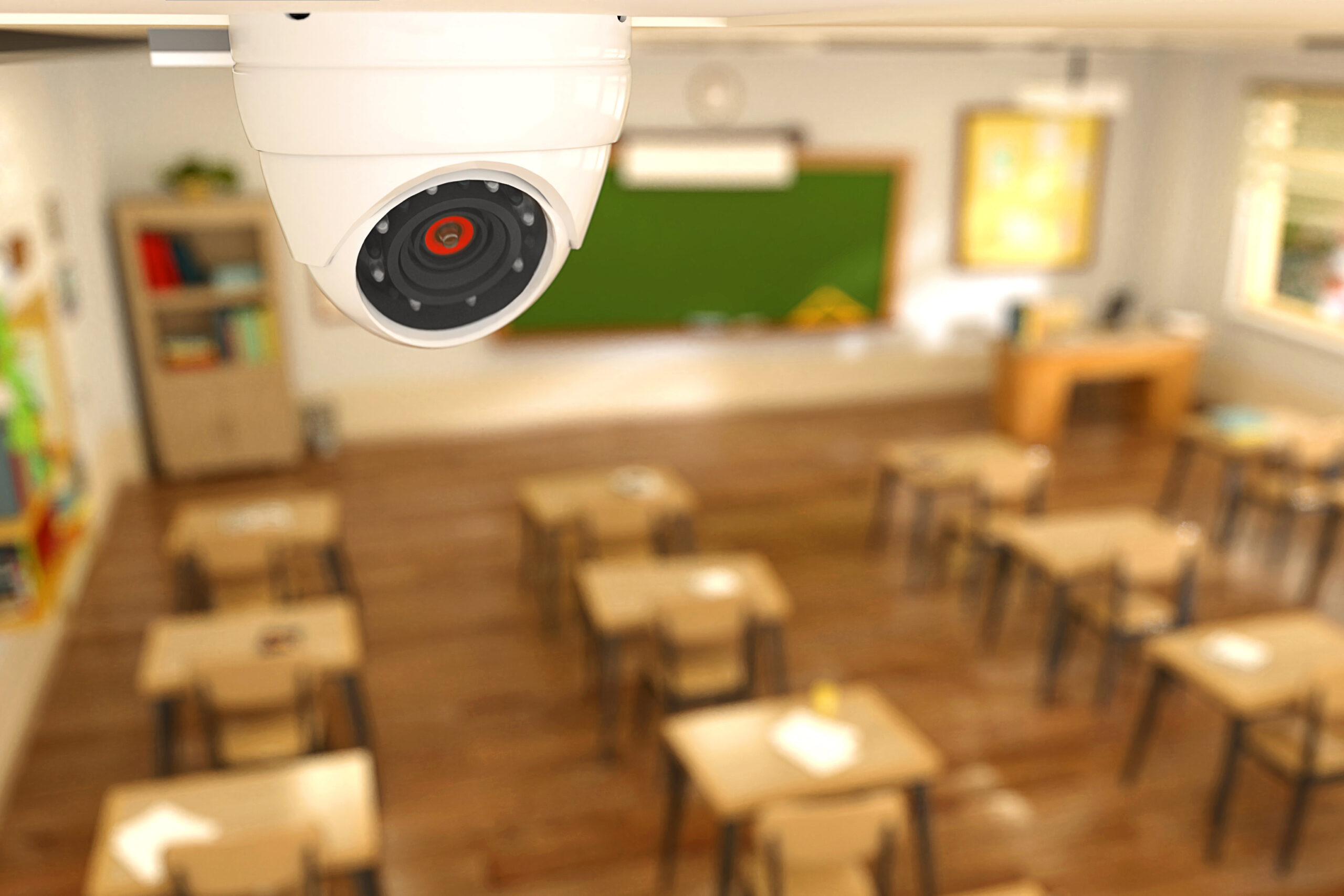WORK SITE SCAFFOLDING SAFETY
The majority of scaffold accidents on the construction site are caused by falls, slipping or being struck by an object from above. All of these accidents can be prevented by taking the proper precautions. Here’s how.
General Safety Tips
- To prevent slipping hazards, conduct a daily routine inspection to ensure all walking and working surfaces are free from potential hazards. If you spot a hazard, remove it.
- Never move, dismantle or alter a scaffold unless under the supervision of a qualified person while doing such activities.
- Never move a scaffold with workers still on it.
- Keep scaffold loads below maximum capacity and remove your equipment when the scaffold is not in use.
- Be alert for bad weather. High winds and driving rain and snow can be dangerous when working at high levels.
Protection for Those Below
- Always hoist up heavy tools, equipment and supplies, rather than carry them up by hand.
- There must be a 3½”-high toeboard to prevent things falling off a scaffold. If things on the scaffold are taller than 3½” (above the toeboard) other systems, like debris nets, must be used to catch falling tools or materials.
- Always wear a hard hat when working on and around a scaffold.
- Never walk under or near the scaffold if roped off when work is being performed above.
Fall Protection Basics
To help protect you against potentially deadly falls, fall protection is needed when working 6 feet or more above a lower level, and consists of either a personal fall arrest system or guardrail systems, depending on the job. If using a fall arrest system, keep the following in mind:
- Always attach your lanyard to a vertical lifeline, horizontal lifeline or scaffold structural member.
- If you are using a vertical lifeline, make sure that you are fastened to a fixed safe point of anchorage, independent of the scaffold. This includes structural members of buildings, but not standpipes, vents, electrical conduit, etc. They may give way under the force of a fall.
- Clean and test your gear regularly, and never tamper with your fall protection system.
When working on scaffolding, your safety is our top priority. Make it yours, too!
About the Author
Share This Story
Related Blogs
Enhancing School Security: Practical Strategies for Safer Campuses
Enhancing school security is one of the most pressing responsibilities for education leaders today. As school campuses evolve, so too must the systems that protect them. For administrators, safety professionals, and district decision-makers, creating a secure learning environment means taking a proactive, layered approach that includes physical security, training, technology, and community involvement.
5 Common Cybersecurity Mistakes and How to Avoid Them
All organizations, regardless of their size or industry, are at risk of being targeted by cybercriminals. These malicious actors can conduct cyberattacks, leading to significant financial, operational and reputational damage that can be difficult or impossible to recover from. Fortunately, solid cyber hygiene practices can reduce the likelihood of data breaches and other cyber incidents from occurring, and many of these practices are relatively low-cost and easy to implement.
Insurance Coverage Basics For Boatowners
A small boat, such as a canoe or other un-motorized boat, is typically covered under the personal property portion of your homeowners insurance policy. If you own a larger, faster boat, you'll need a separate boatowners insurance policy. A typical boatowners insurance policy is designed to protect your boat, motor, equipment, and passengers. It affords similar coverages to those you typically have for your car including:








